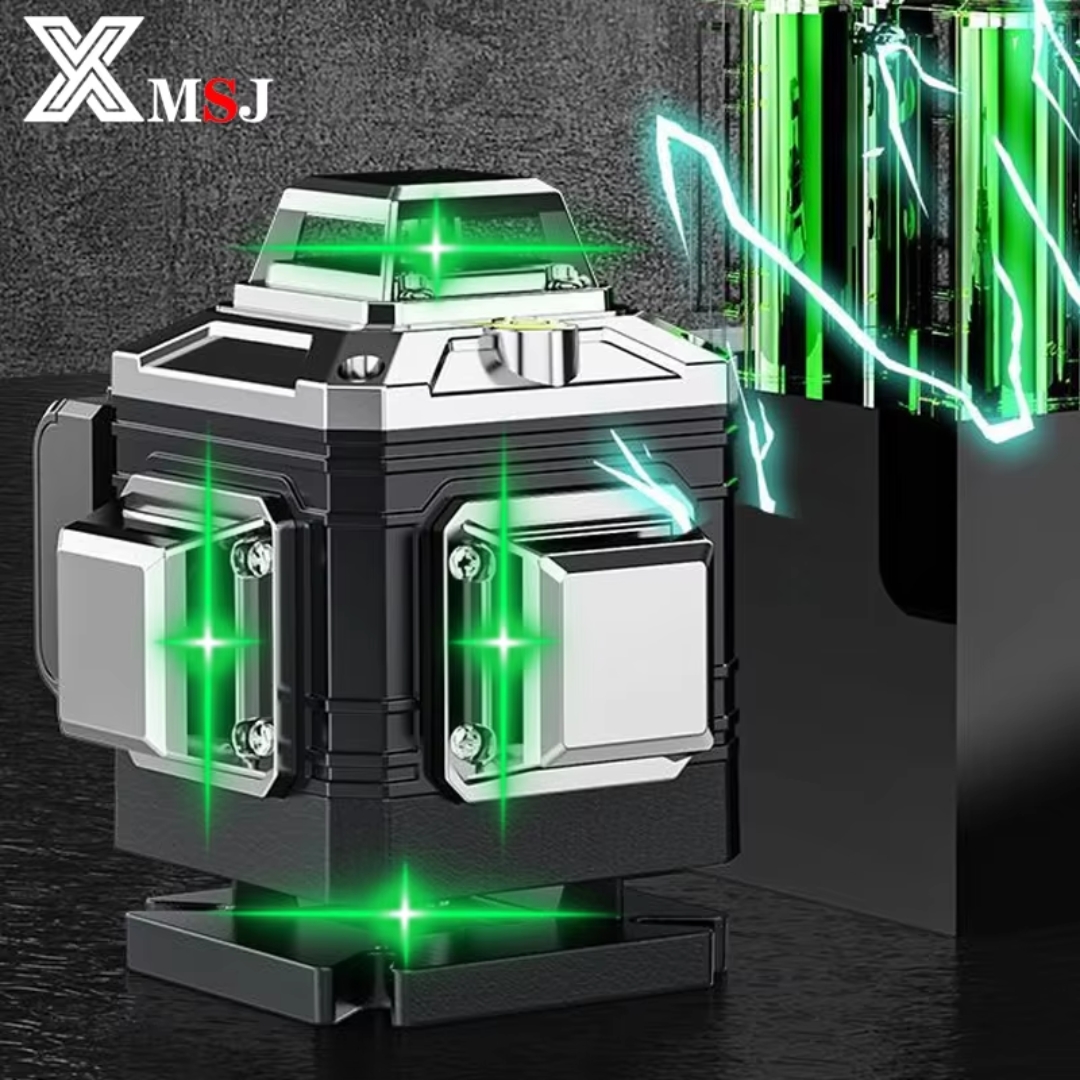
In the world of construction, home improvement, and interior design, precision plays a crucial role. Whether it’s installing tiles, hanging picture frames, aligning cabinets, or setting up a construction site, even a slight misalignment can lead to significant issues. This is where a laser level becomes an essential tool, offering accuracy and efficiency in various tasks.
The shift from traditional leveling methods to laser technology has transformed the way professionals and DIY enthusiasts approach their projects. Unlike bubble levels, which require manual adjustments and visual estimation, a laser level projects a perfectly straight line or dot onto surfaces, ensuring precise alignment.
A laser level is a tool that emits a laser beam to create a straight and level reference line on a surface. This tool is widely used in construction, carpentry, surveying, and home renovation projects. The laser projection helps users mark accurate points for drilling, measuring, and installing various elements.
For professionals, a laser level eliminates the guesswork and reduces human error. Instead of relying on eye measurements and manual marking, the laser projection provides a clear guide, ensuring everything aligns perfectly.
The impact of a laser level can be seen in different fields, making it a go-to tool for precision.
In large-scale construction, maintaining level surfaces and straight alignments is critical. A laser level helps contractors set reference points for foundation work, wall installations, and structural layouts. Whether working on residential or commercial projects, using a laser-guided system ensures structural accuracy.
A slight misalignment in tiles can ruin the aesthetic appeal of a room. Using a laser level, professionals and homeowners can ensure that tiles are placed in a perfectly straight pattern, avoiding uneven edges or gaps. The same principle applies to hardwood flooring, where precision is key to a seamless finish.
Hanging cabinets, picture frames, or shelves requires careful measurement to achieve a balanced look. A laser level simplifies this process by projecting a guideline onto the wall, allowing users to install elements without the risk of misalignment.
For plumbers and electricians, accuracy in piping and wiring is essential to ensure safety and functionality. A laser level helps professionals install conduits, outlets, and pipelines at the correct height and angle, reducing the chances of errors.
Beyond indoor use, a laser level is also valuable for outdoor projects such as grading land, installing fences, and aligning pathways. Landscape designers use this tool to create perfectly level surfaces and straight boundary lines.
The functionality of a laser level depends on the type of laser it uses. Different projects require different types of laser levels for optimal results.
This type projects a straight line across a surface, making it ideal for wall installations, flooring work, and cabinetry.
A dot laser emits precise points on surfaces, useful for marking specific locations in plumbing, electrical work, and framing.
Rotary laser levels project a 360-degree beam, making them ideal for large construction sites and surveying. They provide full coverage for level marking across vast areas.
This laser level projects two intersecting lines, forming a cross. It is highly effective for aligning tiles, ceilings, and shelving.
Selecting the best laser level depends on the nature of the project. For small indoor tasks like picture hanging or cabinetry, a line laser or dot laser may be sufficient. However, for large-scale construction, rotary lasers provide extensive coverage. Understanding the requirements of your work ensures that you invest in the right tool.
Using a laser level requires proper setup and operation. Here’s a step-by-step guide to achieving maximum precision:
Set Up the Laser Level on a Stable Surface
Ensure that the laser device is placed on a flat and stable surface, preferably using a tripod for better accuracy.
Turn on the Laser and Adjust the Position
Activate the laser level and position it according to the required alignment. Some models offer self-leveling features for automatic adjustments.
Mark the Reference Points
Use the projected laser beam as a guide and mark reference points where necessary.
Secure the Measurements Before Proceeding
Double-check the alignment before drilling, cutting, or installing components.
Turn Off and Store Properly After Use
Once the work is complete, turn off the laser level and store it safely to prevent damage.
Beyond precision, a laser level also improves efficiency. By eliminating the need for manual measurements and repeated adjustments, users save time on installations and reduce errors. This results in faster project completion with professional-grade accuracy.
To ensure that a laser level remains effective for years, regular maintenance is essential.
A laser level is a game-changer for precision-driven projects. Whether used for construction, interior design, plumbing, or landscaping, it simplifies tasks by providing clear and accurate reference lines. By replacing traditional leveling methods with laser technology, professionals and DIY enthusiasts achieve greater accuracy, efficiency, and confidence in their work.
With various types available, choosing the right laser level depends on the scope of the project. Proper usage and maintenance further ensure that this tool remains reliable for years. If you are looking for an effective way to enhance your accuracy in measurements and installations, investing in a high-quality laser level is a step in the right direction.
| Price: | 48800 |
| Categories: | Items for Sale / Automotive Items & Parts |
| Phone: | +92 332-8545246 |
| Address: | F9 |
| Email: | hanzlaa4008@gmail.com |